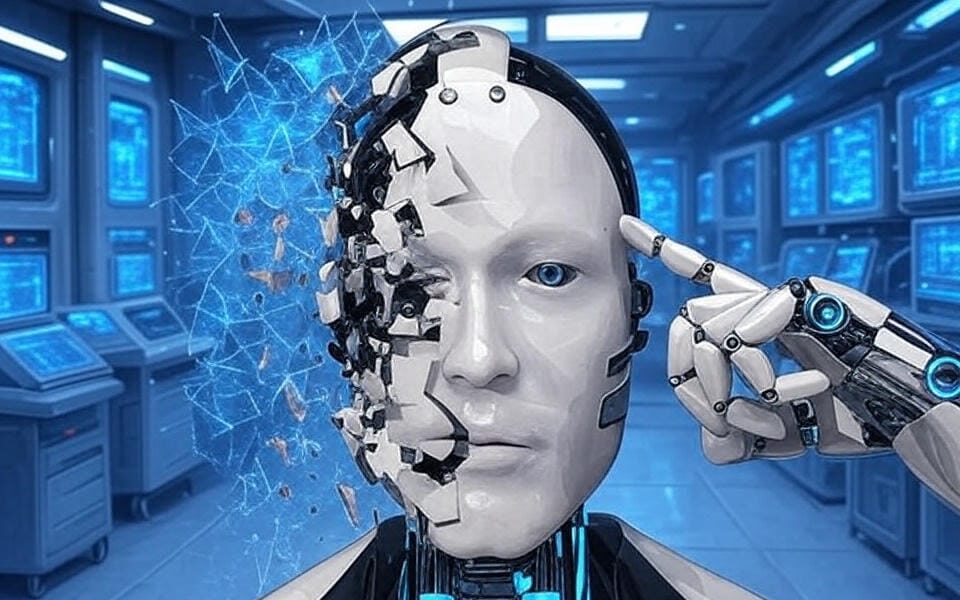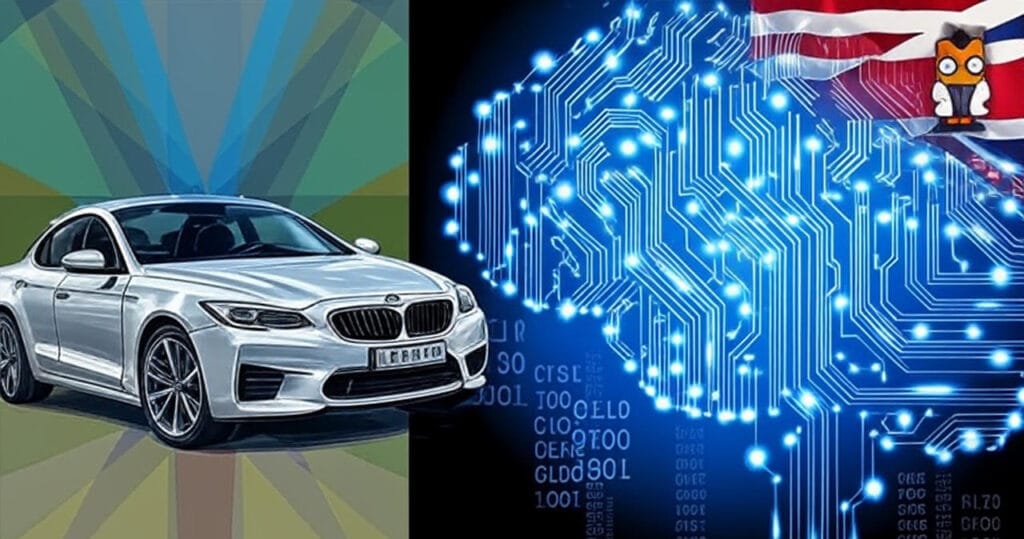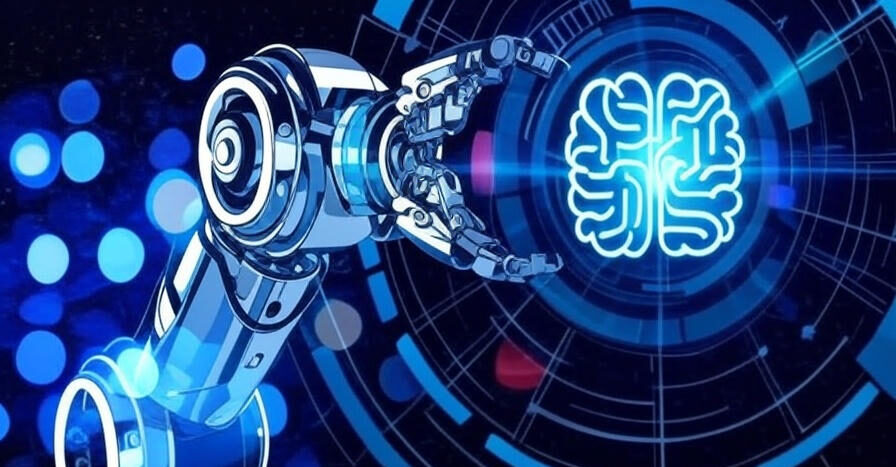
Deep learning, a subset of artificial intelligence, is revolutionizing industries by enabling machines to learn from vast datasets and make intelligent decisions. From healthcare to finance, its applications are driving innovation, improving efficiency, and unlocking new possibilities. This article explores the transformative impact of deep learning across various sectors, highlighting its key applications and future potential.
Revolutionizing Diagnostics and Treatment
Deep learning is reshaping healthcare by enhancing diagnostic accuracy and personalizing treatment plans. Its ability to analyze complex medical data has led to breakthroughs in disease detection and patient care.
Medical Imaging and Diagnostics
Deep learning models excel at interpreting medical images, such as X-rays, MRIs, and CT scans, with precision rivaling or surpassing human experts.
- Early Disease Detection: Convolutional neural networks (CNNs) identify anomalies in imaging, enabling early diagnosis of conditions like cancer or Alzheimer’s.
- Improved Accuracy: Algorithms reduce false positives, ensuring more reliable results.
- Automation: Deep learning streamlines workflows, allowing radiologists to focus on complex cases.
Drug Discovery and Development
Deep learning accelerates drug discovery by predicting molecular interactions and identifying potential compounds.
- Faster Research: Models analyze chemical structures to predict drug efficacy, reducing development time.
- Cost Efficiency: Automation lowers the financial burden of traditional trial-and-error methods.
Autonomous Vehicles

The automotive industry leverages deep learning to power self-driving cars, improving safety and navigation.
Object Detection and Navigation
Deep learning enables vehicles to recognize objects, pedestrians, and road signs in real-time.
- Enhanced Safety: Algorithms detect obstacles, reducing the risk of accidents.
- Path Planning: Deep learning optimizes routes by analyzing traffic and environmental data.
Predictive Maintenance
Deep learning predicts vehicle maintenance needs, minimizing downtime and costs.
- Proactive Repairs: Models analyze sensor data to forecast component failures.
- Cost Savings: Predictive maintenance reduces unexpected repair expenses.
Enhancing Security and Decision-Making
Deep learning transforms finance by improving fraud detection, risk assessment, and customer service.
Fraud Detection and Prevention
Neural networks analyze transaction patterns to identify suspicious activities.
- Real-Time Monitoring: Algorithms flag anomalies instantly, preventing financial losses.
- Accuracy: Deep learning reduces false positives compared to traditional methods.
Algorithmic Trading
Deep learning models predict market trends, enabling smarter investment strategies.
- Data Analysis: Algorithms process historical and real-time data to forecast stock movements.
- Risk Management: Models assess portfolio risks, optimizing returns.
Retail and E-Commerce
Deep learning enhances retail by tailoring experiences and optimizing operations.
Recommendation Systems
Deep learning powers personalized product recommendations, boosting sales and customer satisfaction.
- Customer Insights: Algorithms analyze browsing and purchase history to suggest relevant products.
- Increased Engagement: Personalized recommendations improve user retention.
Inventory Management
Deep learning optimizes stock levels, reducing waste and costs.
- Demand Forecasting: Models predict consumer demand based on trends and seasonality.
- Efficiency: Automated inventory systems streamline supply chain operations.
Natural Language Processing

Deep learning drives advancements in natural language processing (NLP), enabling machines to understand and generate human language.
Chatbots and Virtual Assistants
NLP-powered chatbots provide seamless customer support and engagement.
- 24/7 Availability: Virtual assistants handle inquiries round-the-clock.
- Scalability: Deep learning enables chatbots to manage thousands of conversations simultaneously.
Sentiment Analysis
Deep learning analyzes social media and customer feedback to gauge public sentiment.
- Brand Monitoring: Companies track consumer opinions to improve products and services.
- Market Insights: Sentiment analysis informs marketing strategies.
Optimizing Production
Deep learning enhances manufacturing by improving quality control and operational efficiency.
Predictive Maintenance
Similar to automotive applications, deep learning predicts equipment failures in factories.
- Reduced Downtime: Models identify issues before they disrupt production.
- Cost Efficiency: Proactive maintenance lowers repair costs.
Quality Control
Deep learning ensures product quality by detecting defects in real-time.
- Precision: Algorithms identify minute flaws in manufactured goods.
- Automation: Vision systems reduce the need for manual inspections.
Future Potential of Deep Learning
Deep learning’s versatility promises continued growth across industries. Emerging applications include climate modeling, personalized education, and advanced cybersecurity. As computational power increases and datasets grow, deep learning will unlock new opportunities, driving innovation and efficiency.
Challenges and Considerations
Despite its potential, deep learning faces challenges, including high computational costs, data privacy concerns, and the need for large, high-quality datasets. Addressing these issues will be critical to its widespread adoption.
Conclusion
Deep learning is transforming industries by enabling smarter, more efficient systems. From healthcare diagnostics to autonomous vehicles and personalized retail, its applications are vast and impactful. As technology evolves, deep learning will continue to shape the future, offering innovative solutions to complex challenges. Businesses and industries must embrace this technology to stay competitive in an AI-driven world.







